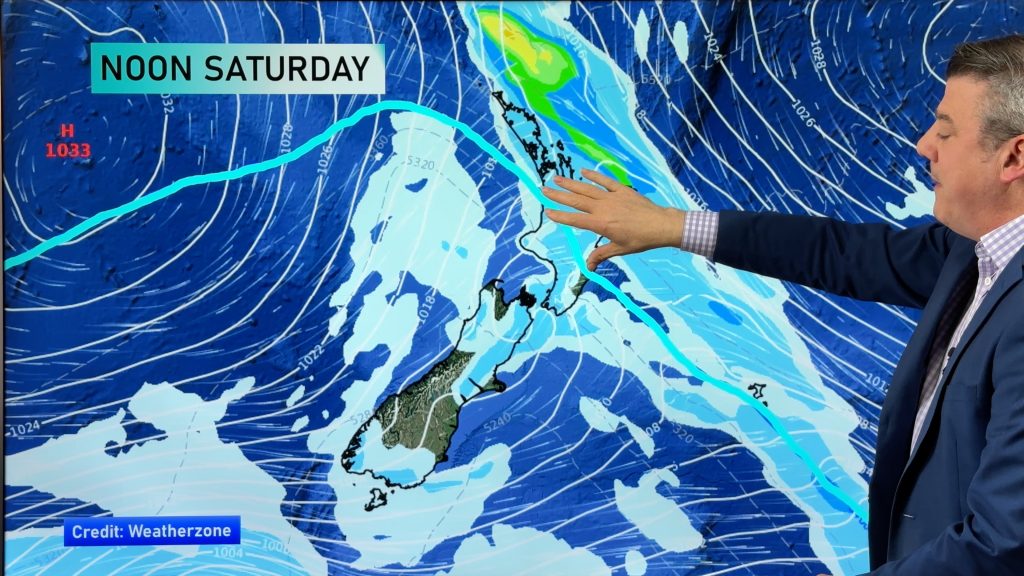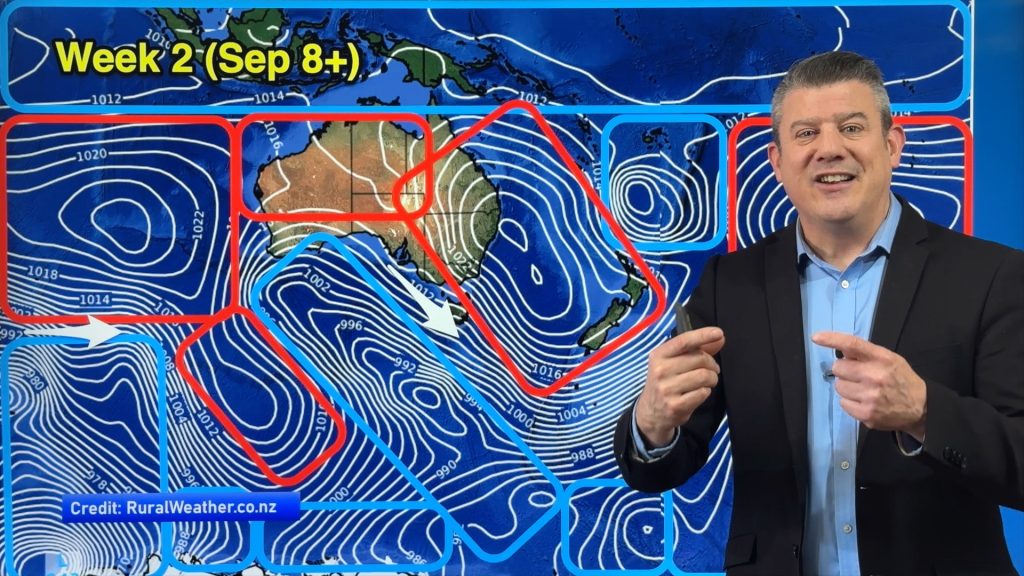
> From the WeatherWatch archives
The impact of volcanic eruptions on global warming could provide a new explanation for the so-called “pause” used by sceptics to deny climate change is happening, scientists have said.
According to a study in the US, models for predicting the rate at which temperatures around the world would rise from 1998 onwards did not take into consideration the measurable impact volcanoes can have.
Rather than contributing to global warming, eruptions release particles into the air that reflect sunlight – causing temperatures to drop.
Experts from the Lawrence Livermore National Laboratory in California said this phenomenon was not taken into account when predictions were made – offering an explanation for why the world seemed to stop heating up.
“We show that climate model simulations without the effects of early 21st century volcanic eruptions overestimate the tropospheric warming observed since 1998,” wrote Dr Benjamin Santer in the journal Nature Geoscience.
“To reduce these uncertainties, better observations of eruption-specific properties of volcanic aerosols are needed, as well as improved representation of these eruption-specific properties in climate model simulations.”
Powerful volcanic eruptions send small sulphur droplets, or aerosols, high into the atmosphere where they act as a mirror to reflect the sun’s rays and prevent them warming the ground.
In 1991, the second largest volcanic eruption of the 20th century occurred when Mount Pinatubo in the Philippines exploded with enormous force, killing almost 1,000 people and causing widespread damage.
Millions of tonnes of ash and gas were blasted into the atmosphere from the mountain, reaching an altitude of 21 miles.
Over the next two years, average temperatures across the whole of the Earth fell by up to 0.5C.
The research showed that Mount Pinatubo and the earlier major eruption of El Chichon in Mexico in 1982 “had important impacts on decadal changes in warming rates”.
In addition, 17 “small” eruptions occurred after 1999 which had a cumulative effect increasing the reflective effect of aerosols in the upper atmosphere by up to 7% per year from 2000 to 2009.
Scientists have provided a number of explanations in recent years as to why the apparent global warming “pause” came about, including natural climate variability to failures in accurate surface temperature measurement.
British climate expert Professor Piers Forster, from the University of Leeds, said: “Volcanoes give us only a temporary respite from the relentless warming pressure of continued increases in CO2.”
– NZ Herald/UK Independent
Comments
Before you add a new comment, take note this story was published on 24 Feb 2014.






Add new comment
Guest on 24/02/2014 6:59pm
This article shows its true colours from the beginning with the line “for the so-called ‘pause’ used by sceptics”. The pause is real and has been confirmed by the IPCC, there is no so-called about it. Why spoil what I suppose (i didn’t bother reading the rest) is a real scientifc opinion by the use of such emotive language?
Reply
Lee Sloper on 24/02/2014 11:00am
Big eruptions are being looked at as starting El Nino. There is usually an eruption or two before hand.
Reply
Lee Sloper on 24/02/2014 10:37am
Global Warming is a bad term in my books, Climate Change describes it far better. It hasn’t slowed down where I live and rapid 2014 the rapid orographic deterioration is giving me the creeps, as I know what it will mean for winter. Every weather system/wind direction where I live is orographic … unfortunately, and either lifts or falls here. Seen some really literal falls in 2014, as in 2013 as well.
Reply
Guest: Ian Cooper on 26/02/2014 12:15am
Hi Lee. You say, “where you live.” but you don’t actually say WHERE you live. This would be helpful in understanding your use of the term orgraphic. As a guess I would assume that you live on the east coast, but you know what they say about assumptions.
Reply